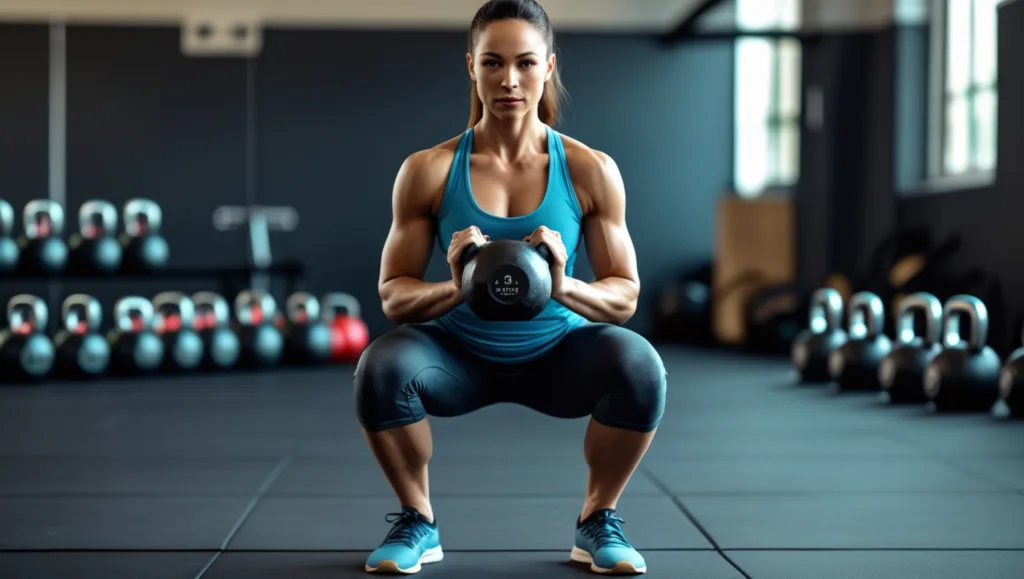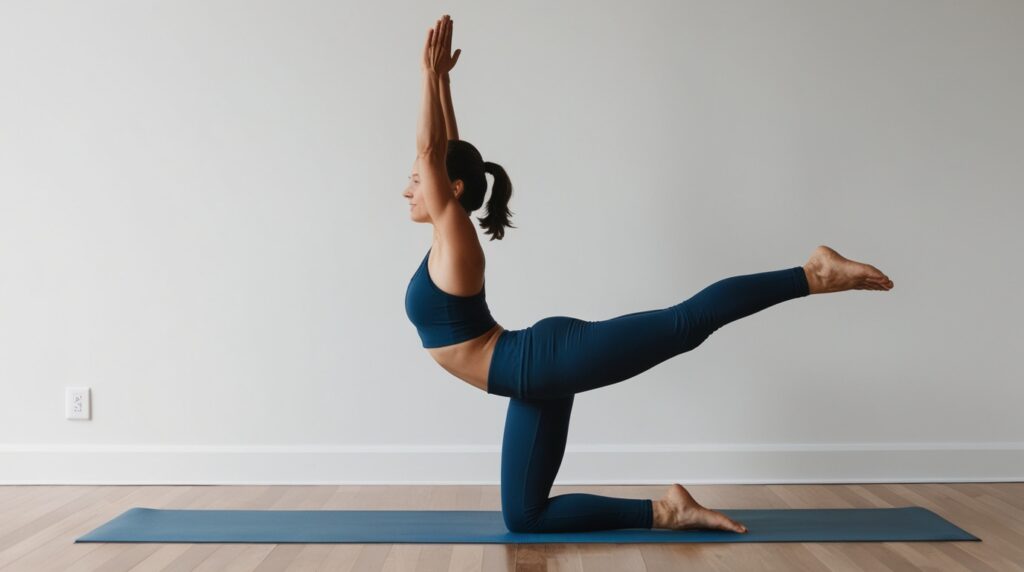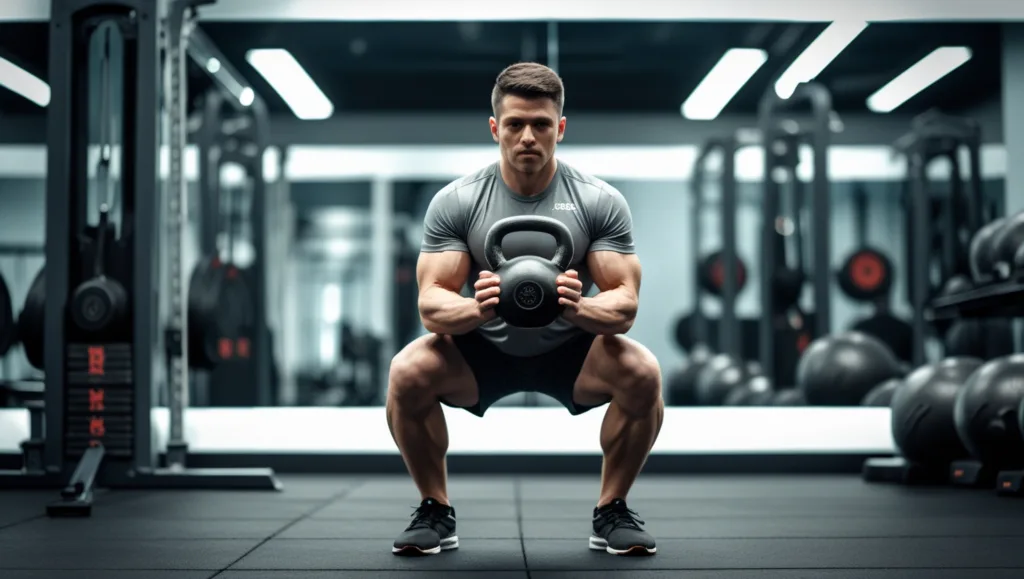Strengthening your lower back is essential not just for fitness, but for daily comfort, injury prevention, and long-term spinal health. Exercises done with proper technique, the Lower Back Exercises Gym Equipment can enhance posture, reduce pain, and boost overall performance in other workouts. In this article, we’ll explore effective lower back exercises gym equipment, including those you can do at home and those that incorporate weights. Each recommendation is grounded in practical experience and backed by exercise science.
Table of Contents
Lower Back Exercises Gym Equipment
Best Lower Back Gym Equipment for Effective Training
If you’re walking into the gym and wondering what machines can help you build a strong, pain-resistant lower back, you’re not alone. The best gym equipment for lower back training includes:
- Roman Chair (Hyperextension Bench): Great for back extensions, this machine allows controlled, isolated lower back movements.
- Cable Machine: Enables versatile movements like cable pull-throughs, engaging the spinal erectors effectively.
- Lat Pulldown Machine: Though often used for upper back, it supports lower back when performed with proper form and bracing.
- Smith Machine or Squat Rack: Useful for loaded barbell exercises that indirectly target the lower back through compound lifts.
Each of these pieces of equipment can be adapted for both beginners and advanced users by adjusting weight and range of motion.
Lower Back Exercises Gym Equipment at Home
Not everyone has access to a full gym, but that doesn’t mean your lower back training has to suffer. With minimal equipment, you can target your lower back effectively right at home.
Here are a few lower back exercises using gym equipment at home:
- Resistance Band Good Mornings: Loop a resistance band under your feet and across your shoulders to simulate weighted hip hinging.
- Dumbbell Deadlifts: If you own dumbbells, Romanian deadlifts or suitcase deadlifts are perfect for activating your erector spinae.
- Stability Ball Back Extensions: Using a Swiss ball, lie face down and raise your chest to perform a controlled extension.
- Kettlebell Swings: These power-based movements target your hips and lower back while also improving endurance.
Training at home allows you to focus on form, consistency, and body awareness—essential components of long-term fitness and injury prevention.
Lower Back Exercises Gym Equipment with Weights
Incorporating weights into your lower back training significantly enhances muscle activation, growth, and strength. Whether you’re using barbells, kettlebells, or dumbbells, weighted exercises challenge your posterior chain more than bodyweight movements.
Some of the best lower back exercises using gym equipment with weights include:
- Barbell Deadlifts: A fundamental lift that strengthens your lower back, glutes, and hamstrings. Maintain a neutral spine for safety.
- Kettlebell Romanian Deadlifts: A lighter variation of barbell deadlifts, ideal for controlled activation.
- Weighted Hyperextensions: Performed on a Roman chair, holding a weight plate across your chest increases resistance.
- Trap Bar Deadlifts: This equipment minimizes strain on your lower back while still targeting it effectively.
Always prioritize technique over weight to prevent strain or injury, especially when lifting heavy.
Tips for Preventing Lower Back Injuries in the Gym
While working your lower back is beneficial, overloading or poor form can do more harm than good. Here are a few safety tips:
- Warm-Up Properly: Dynamic stretches and light cardio improve blood flow and reduce injury risk.
- Engage Your Core: A strong core stabilizes your spine and supports heavy lifts.
- Avoid Rounding the Back: Whether deadlifting or doing cable pull-throughs, keep a neutral spine throughout.
- Use Progressive Overload: Gradually increase weights to allow your muscles and joints to adapt.
- Rest and Recovery: Don’t train your lower back every day—48 hours of recovery is ideal for muscle repair and growth.
Incorporating these practices builds not just muscle, but long-term durability and resilience.
Sample Weekly Plan for Lower Back Strength Training
Here’s a beginner-friendly plan using lower back exercises with gym equipment:
Day 1: Home Equipment
- Resistance Band Good Mornings – 3 sets of 12
- Stability Ball Back Extensions – 3 sets of 10
- Dumbbell Deadlifts – 3 sets of 8
Day 2: Rest or Light Stretching
Day 3: Gym-Based Weighted Session
- Barbell Deadlifts – 4 sets of 6
- Cable Pull-Throughs – 3 sets of 12
- Weighted Hyperextensions – 3 sets of 10
Day 4: Rest or Core Workout
Day 5: Mixed Routine
- Kettlebell Swings – 3 sets of 15
- Romanian Deadlifts with Dumbbells – 3 sets of 10
- Superman Hold – 3 sets of 30 seconds
Adjust volume and rest according to your fitness level. Consistency and form matter more than the number of reps.
Conclusion
Using the right lower back exercises gym equipment—whether at home or in a fitness center—can transform your core strength and posture. Whether you’re new to fitness or a seasoned athlete, incorporating both bodyweight and weighted movements ensures a well-rounded and resilient lower back. Start slow, focus on form, and build up gradually for best results.
What gym equipment works lower back?
Gym equipment like the Roman chair, cable machines, barbell setups (for deadlifts), and resistance bands are excellent for lower back workouts. These tools help isolate or support compound movements targeting the lumbar region.
What gym exercise works the lower back?
Exercises such as deadlifts, hyperextensions, kettlebell swings, and good mornings effectively target the lower back. Each strengthens the spinal erectors and improves functional core support.
How can I target my lower back?
You can target your lower back by performing hip hinge movements like Romanian deadlifts, weighted back extensions, and resistance band good mornings. Focus on controlled reps and avoid rounding your spine.
Do squats work the lower back?
Yes, squats indirectly work the lower back. While their primary target is the legs and glutes, maintaining proper squat posture requires lower back engagement, especially in barbell variations like back squats.











